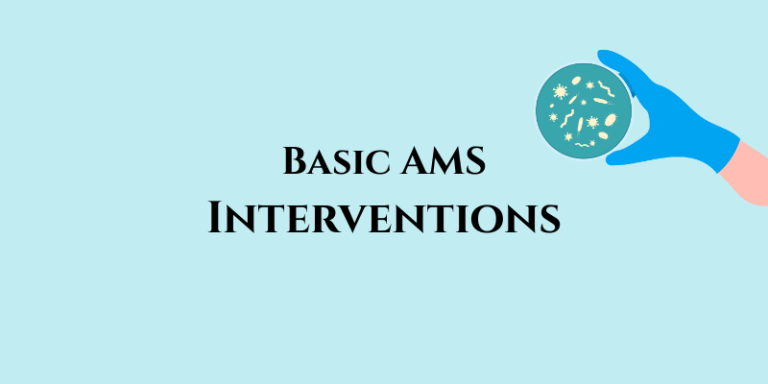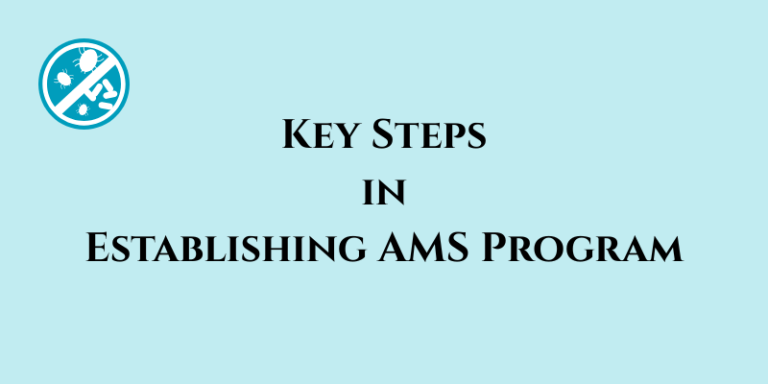Overview of the WHO AWaRe Groups
The WHO AWaRe Classification is a tool developed by the World Health Organization (WHO) to guide the appropriate use of antibiotics and combat antimicrobial resistance (AMR). It categorizes antibiotics into three groups based on their importance and risk of resistance:
ACCESS GROUP
This group includes antibiotics and antibiotic classes that have activity against a wide range of commonly encountered susceptible pathogens while showing lower resistance potential than antibiotics in Watch and Reserve groups. Access antibiotics should be widely available, affordable and quality-assured to improve access and promote appropriate use.
Selected Access group antibiotics (shown here) are included on the WHO EML as essential first-choice or second-choice empirical treatment options for specific infectious syndromes.
- Amikacin
- Amoxicillin
- Amoxicillin + clavulanic acid
- Ampicillin
- Benzathine benzylpenicillin
- Benzylpenicillin
- Cefalexin
- Cefazolin
- Chloramphenicol
- Clindamycin
- Cloxacillin
- Doxycycline
- Gentamicin
- Metronidazole
- Nitrofurantoin
- Phenoxymethylpenicillin
- Procaine
- Benzylpenicillin
- Spectinomycin
- Sulfamethoxazole + trimethoprim
WATCH GROUP
This group includes antibiotics and antibiotic classes that have higher resistance potential and includes most of the highest priority agents among the Critically Important Antimicrobials (CIA) for Human Medicine and/or antibiotics that are at relatively high risk of selection of bacterial resistance. Watch group antibiotics should be prioritized as key targets of national and local stewardship programmes and monitoring.
Selected Watch group antibiotics (shown here) are included on the WHO EML as essential first-choice or second-choice empirical treatment options for a limited number of specific infectious syndromes.
- Azithromycin
- Cefixime
- Cefotaxime
- Ceftazidime
- Ceftriaxone
- Cefuroxime
- Ciprofloxacin
- Clarithromycin
- Meropenem
- Piperacillin + tazobactam
- Vancomycin
RESERVE GROUP
This group includes antibiotics and antibiotic classes that should be reserved for treatment of confirmed or suspected infections due to multi drug-resistant organisms, and treated as “last-resort” options. Their use should be tailored to highly specific patients and settings, when all alternatives have failed or are not suitable. They could be protected and prioritized as key targets of national and international stewardship programmes, involving monitoring and utilization reporting, to preserve their effectiveness.
Selected Reserve group antibiotics (shown here) are included on the WHO EML when they have a favorable risk-benefit profile and proven activity against “Critical Priority” or “High Priority” pathogens identified by the WHO Priority Pathogens List, notably carbapenem resistant Enterobacteriaceae.
- Ceftazidime + avibactam
- Colistin
- Fosfomycin (intravenous)
- Linezolid
- Meropenem + vaborbactam
- Plazomicin
- Polymyxin B


